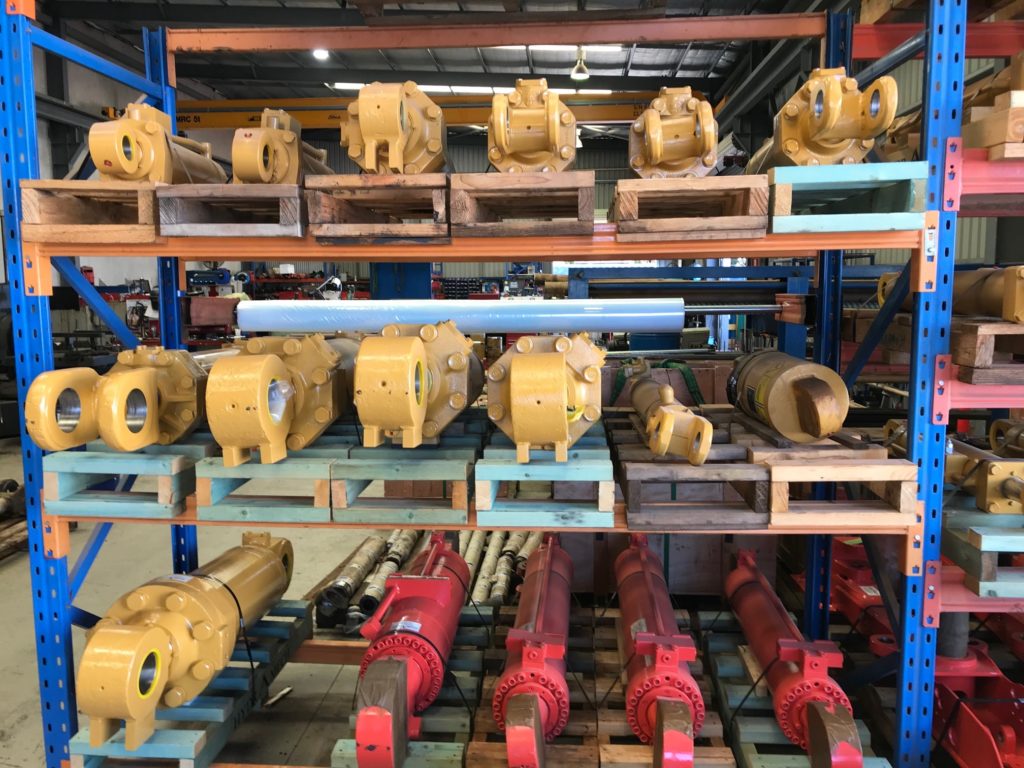Unscheduled Downtime can create greater issues than just damaged or unreliable equipment. Downtime refers to any event in which production is inhibited or delayed due to unforeseen machinery damages or failures. Issues of downtime include unnecessary costs of replacing and repairing equipment along with the costs of keeping a worksite open without any operations being able to take place.
Site closures and delays in progress can be extremely costly, especially within the mining industry, so it is essential to have the necessary preventative actions in place to minimise the risk of downtime and how to restart production as quickly as possible.
Issues with downtime exceed the hassle and expenses of damaged or unreliable equipment; it affects overall efficiency, increases unnecessary costs, reduces profits, and diminishes competitiveness and reliability within the market.
Below is the central issue of downtime along with tips to reduce downtime.
Issue of Downtime – Unnecessary Cost
Downtime does not only create excessive costs in repairing and replacing damaged and unreliable machinery but it also significantly influences the company’s ability to generate profit.
The first cost is either repairing or replacing the damaged or faulty equipment. Unreliable machinery creates expenses in addition to influencing the reputation, competitiveness, and reliability of the company, all creating costs that could be avoided.
With a site closure, productivity is reduced, meaning that daily quotas cannot be reached. When targets are not reached, the profits that are estimated do not occur. In the mining industry not achieving daily quotas can be the difference between millions of dollars and retaining contracts with clients.
During downtime, the costs of operating the site do not stop even when production does. The expenses of running the site continue along with paying workers. This means that your company is paying for potentially no progress to be made, therefore reducing profits and raising expenses.
There is also the potential expense of paying workers overtime, to regain progress and reach the necessary time limits and targets expected.
Downtime creates unnecessary expenses and reduces profitability.
Tip #1 – Regular maintenance of equipment
Having scheduled and regular maintenance helps prevent unscheduled downtime from occurring. It also ensures that all equipment being used remains functioning at a high standard and working to maximum efficiency.
Routine maintenance allows equipment to be updated, improving competitiveness along with increasing efficiency. Regular updates in technology and machinery used to minimise waste and inefficient production methods.
Tip #2 – Optimise planned downtime
It is crucial that you are optimising planned downtime. Planned downtime provides you the time to check the operating of machinery along with the ability to make the necessary repairs and maintenance. Scheduled or planned downtime is a great time to perform a Risk Audit.
A risk audit allows you to identify the probability of unplanned downtimes occurring. They are beneficial as you can identify potential issues as well as taking the necessary method to rectify the potential problem
Preventative maintenance will reduce the risk of unplanned downtimes. Determining the condition and status of each piece of equipment not only improves efficiency but also improves profits, reduces unnecessary costs, and provides you with the time needed to make the necessary improvements and alterations to aging machinery.
Tip#3 – Involve your employees
Your employees are often the ones who are using the machines and overseeing production. Therefore it is essential they are fully trained on all equipment. Include employees in the discussion on downtime as they often notice things that may be missed in reports or how production processes can be more efficient.
Having employees included in the discussion of downtime also allows them to have greater knowledge and skills to prevent downtime occurring. This can also be used as a preventative measure, with adequate training; employees can alert and prevent damages from happening that would result in downtime.
Tip #4 – Do Not forget backups
Downtimes are unforeseen issues that inhibit the ability for the mining site to operate and are typically due to unreliable or damaged machinery. Therefore, backups are essential to reducing the length of the downtime period. Having either backup machines, spare parts, or alternative methods available will save time and allow you to restart work quickly.
When downtimes occur, it is important to be prepared, to have a strategy in place to ensure that operations can restart as soon as possible.
Unreliable machinery will result in unnecessary costs and damages to profits and competitiveness within the mining industry. Downtime cannot always be avoided, but by taking the necessary steps the probability and length of downtime can be limited.
Talk to a professional
If your hydraulic equipment needs repairing or replacement, speak to the Hydramech team which specialises in mobile mining machinery components for underground mining equipment within Western Australia.
Our range of stock and exchange program will ensure you have what you need in the fastest time possible to reduce downtime and costs associated with damaged or unreliable hydraulic equipment.
Contact us today to keep your machinery in top condition and avoid machinery downtime.




